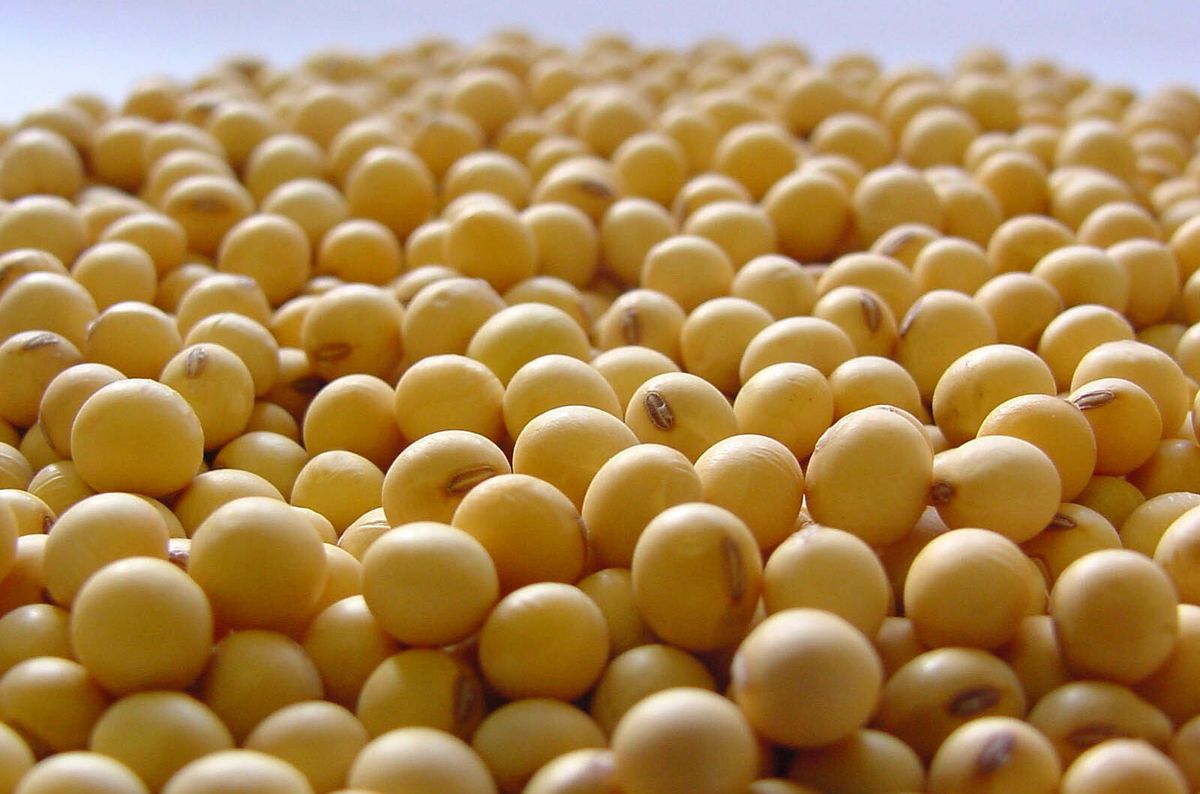Latin American soy crush to rise in 2024 on crop recovery, higher biodiesel mandate

Latin American soybean crushing volumes are likely to increase consistently in 2024 on the back of a recovery in Argentina’s crop output and a higher biodiesel mandate set for Brazil.
According to S&P Global Commodity Insights’ estimates, the combined crush for Argentina and Brazil is pegged to reach 92.10 million mt in 2024, jumping 15.3% from 2023, when Argentina saw its harvest cut by around half following a historical drought.
Argentina lost its top position for soybean meal to Brazil in 2023 because of a historic slump in raw bean production led by drought conditions and subsequent tightening of byproducts stocks.
For marketing year 2023-24 (April-March), S&P Global predicts the Argentinian soybean harvest at 50.50 million mt, more than double in comparison with 22 million mt in the previous season.
“Most crucial aspect for soybean value chain is the availability of raw material. In this new campaign 2023-24, the El-Nino phenomenon corrected the lack of soil moisture and allowed a correct planting season,” said Javier Preciado Patino, agriculture analyst and former undersecretary of the agricultural markets at Argentina’s agriculture ministry.
“Right now, 97% of the soybean plots in Argentina are in normal to excellent condition. We hope a 48 [million]-50 million mt output, that would allow the oilseed industry to recover its average crushing,” Patino said.
Over the previous three years, Argentina faced the consequences of the La Nina weather pattern, which brings below-normal rains. However, wetter conditions observed this time due to a strong El Nino supported local crop development.
There is certain optimism among market participants with the country’s new president, Javier Milei, who took office Dec. 10. The new government has raised the official forex rate to Peso 800/$1 and set a blended exchange for agricultural exporters, combining 80% of the official currency with 20% of the free one CCL. On the other hand, Buenos Aires intends to raise the export tariffs for soybean meal and oil.
“Argentina soybean industry will recover its average level of crushing activity in this new campaign 2023-24. The only threat is the decision of the government to increase the export taxes of the byproducts from 31% FOB price to 33%, a policy that could boost the soybean exports instead the byproducts,” Patino said.
Throughout 2023, spot prices for FOB Upriver soybean meal cargoes surpassed those seen in Brazil’s FOB Paranagua, contrasting with a historical pattern as Argentina is used to trading below Brazil because of logistical and geographical issues.
The soybean meal FOB Upriver outright price gained 5.9% in 2023 through Dec. 22 to reach at $446.38/mt, according to S&P Global data. The FOB Paranagua value, in turn, gained 0.6% in the period to reach at $448.75/mt.
In Brazil, expectations are over the mandatory biodiesel mixture into diesel, currently at 12% and due to rise to 14% in March, as defined by the country’s National Council for Energy Policy, or CNPE, on Dec. 19. The previous timeline considered a 13% mandate as from April.
An increase of each 1 percentage point in the mandate means an additional demand of around 650,000 cu m of biodiesel per year to meet the regulation, according to market’s calculations. This has a direct impact on the domestic soybean oil flow as the edible oil accounts for more than 70% of the feedstocks used by the Brazilian biodiesel industry.
In Brazil’s MY 2023-24 (January-December), it is expected a usage of 5.74 million mt of soybean oil for biodiesel purpose, up 24.6% on the year, according to the latest S&P Global forecasts.
Brazil is likely to produce 158 million mt of soybeans in MY 2023-24, below 167 million mt initially predicted due to a lack of rains in key producing regions from October to early December, but still repeating MY 2022-23’s record, S&P Global forecast showed.
The market expects an increase in soybean oil purchase by major consumers and destinations like India and China.
According to India’s vegetable oil trade body, the Solvent Extractors’ Association of India, the country’s imports of palm oil and sunflower oil in 2022-23 surged by 24% and 54%, respectively, to record highs on a rebound in consumption and as both oils were available at a steep discount compared with rival soybean oil.
“Indian refiners bought soybean oil aggressively during July-September as prices were attractive in the world market, but they slashed imports in October because of higher stocks and much attractive sunflower oil prices which has been keeping pressure… We know supply from Brazil will be lower this year going ahead over domestic biofuel demand,” Tushar Agarwal, a New Delhi-based senior vegetable oil analyst, said.
“Argentina is going to increase sales that will only happen post April 2024… We may see some demand surge in the first quarter of 2024,” Agarwal said. “China has also announced that it will replace soybean meal feed with some other ingredients. This might lead to reduced raw bean crush and increased oil derivative demand.”
The EU’s soybean oil imports have surged amid fall in palm and rapeseed purchase. EU’s soybean oil imports in MY 2023-24 (July-June) soared to 307,486 mt as of Dec. 19, from 228,481 mt during the same period a year earlier, European Commission data showed Dec. 21.
Read also
Wheat in Southern Brazil Impacted by Dry Weather and Frosts
Oilseed Industry. Leaders and Strategies in the Times of a Great Change
Black Sea & Danube Region: Oilseed and Vegoil Markets Within Ongoing Transfor...
Serbia. The drought will cause extremely high losses for farmers this year
2023/24 Safrinha Corn in Brazil 91% Harvested
Write to us
Our manager will contact you soon



